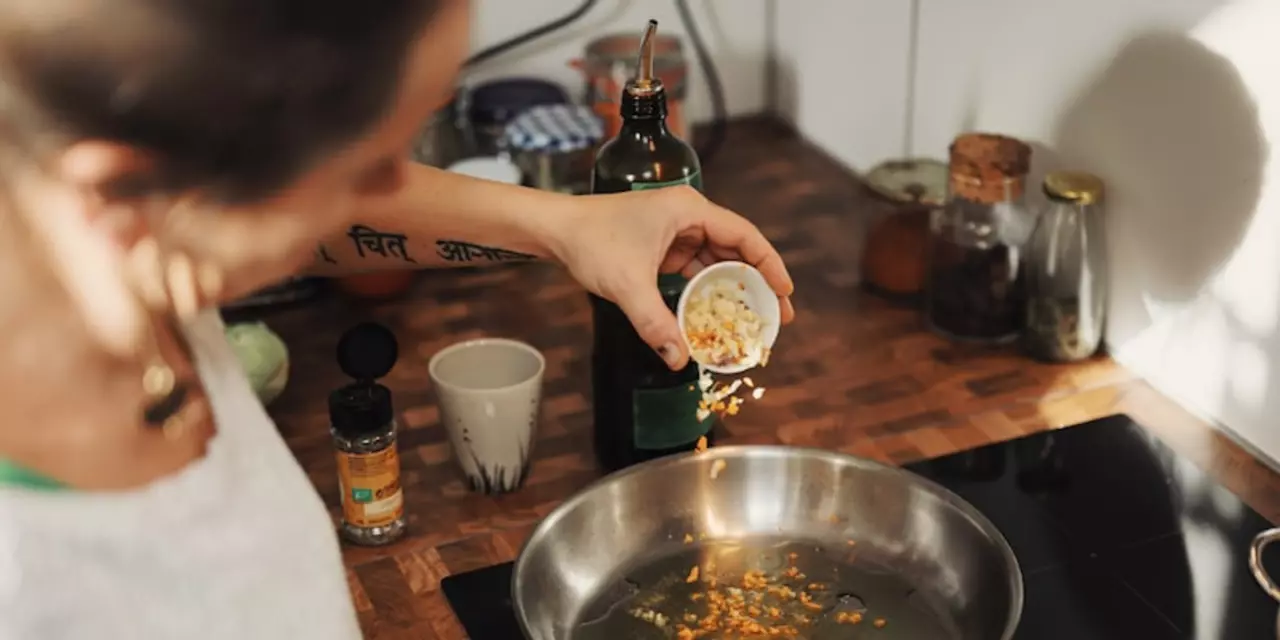Spices are a critical part of Indian cuisine, providing unique flavors and aromas that bring out the best in dishes. Without spices, Indian food is incomplete and lacks the vibrant, complex flavors that make it such a beloved cuisine. From hot chilies to aromatic cumin and cardamom, the combination of spices gives Indian dishes their unique flavor. Spices also impart their own health benefits, including antioxidant, anti-inflammatory and digestive properties. For me, Indian food is simply not the same without its signature spices, and eating it without them is like eating a dull and tasteless dish.
Indian Food – Your Quick Guide to Classic Dishes and Easy Recipes
If you’ve ever wondered how to get those bold, comforting flavors of Indian kitchens on your own stove, you’re in the right place. Indian food isn’t just about heat; it’s about balance, fresh spices, and simple techniques you can master fast. Below you’ll find the most loved dishes, everyday staples, and a handful of practical tips that keep the taste authentic without the hassle.
First up, the headliners. Think buttery chicken tikka masala, smoky paneer bhurji, tangy tamarind sambar, and buttery naan fresh from the tandoor. Each of these dishes uses a core set of spices – cumin, coriander, turmeric, and garam masala – that define Indian flavor. You can swap chicken for tofu, or lamb for vegetables, and still hit that signature taste.
Every Indian meal usually starts with a staple: rice or a flatbread. Plain basmati rice is perfect for soaking up sauces, while rotis and parathas give you a grab‑and‑go option. Whole‑wheat flour (atta) makes soft rotis in minutes, and a quick sprinkle of ghee adds richness. Keep a pot of rice cooking while you prep the curry; the two finish together and taste better the longer they sit.
Cooking Tips for Authentic Flavors
Don’t skip the “tempering” step. Heating oil, adding whole spices like mustard seeds or cumin, and letting them pop releases aroma that lifts any dish. A pinch of asafoetida (hing) can tame the raw taste of lentils. Also, use fresh ginger and garlic paste instead of powdered versions – the difference is huge.
When you add tomatoes, let them cook down until the oil separates. That signals the sauce is ready for the next ingredient and prevents a watery result. For creamier sauces, stir in a spoonful of yogurt or a splash of coconut milk at the end; it adds depth without masking the spice.
Quick Indian Recipes You Can Make Tonight
Try a simple chickpea masala: sauté onions, garlic, and ginger; add cumin, coriander, turmeric, and a can of chickpeas; finish with tomato puree and a dash of garam masala. It’s ready in 20 minutes and pairs well with rice or rotis. Another fast favorite is paneer tikka: marinate paneer cubes in yogurt, lemon juice, and spices, then grill or pan‑fry until golden. Serve with mint chutney for a snack that feels like street food.
Remember, the best Indian cooking is adaptable. If you run out of a spice, use a combo that’s close – for example, a bit more cumin if you’re low on garam masala. Taste as you go, adjust salt and heat, and you’ll end up with a dish that feels homemade, not cookbook‑y.
With these basics, you can explore regional specialties, experiment with new vegetables, and make Indian food a regular part of your menu. Grab a few spices, fire up the pan, and enjoy the flavors that have made Indian cuisine a world favorite.
